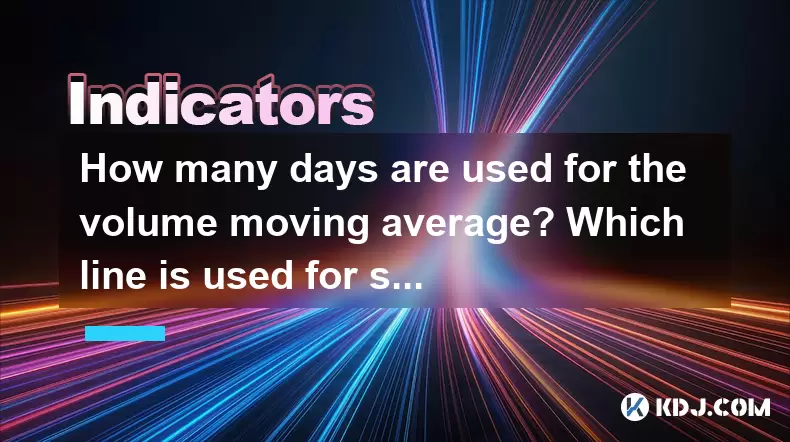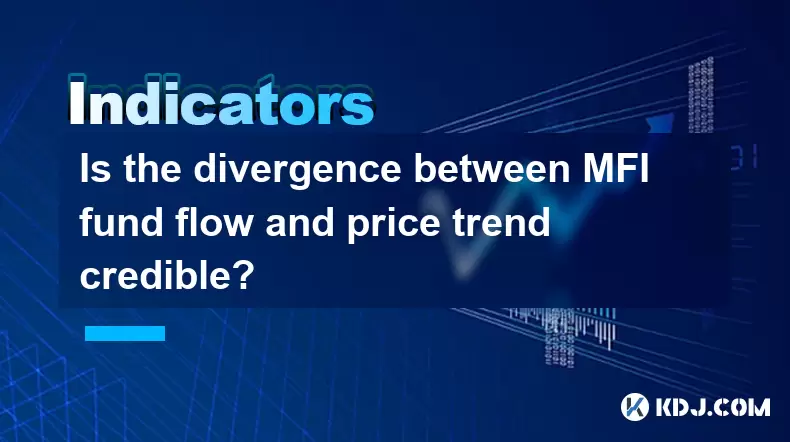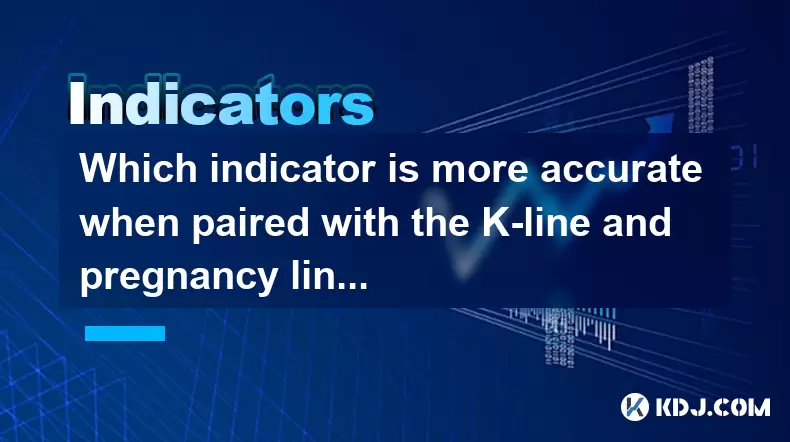-
 Bitcoin
Bitcoin $119300
1.07% -
 Ethereum
Ethereum $3730
3.87% -
 XRP
XRP $3.235
0.29% -
 Tether USDt
Tether USDt $1.000
0.00% -
 BNB
BNB $783.5
1.88% -
 Solana
Solana $188.7
0.25% -
 USDC
USDC $0.0000
-0.01% -
 Dogecoin
Dogecoin $0.2399
-0.44% -
 TRON
TRON $0.3157
2.37% -
 Cardano
Cardano $0.8254
1.94% -
 Hyperliquid
Hyperliquid $42.83
0.14% -
 Stellar
Stellar $0.4372
3.21% -
 Sui
Sui $3.859
4.91% -
 Chainlink
Chainlink $18.53
3.53% -
 Hedera
Hedera $0.2464
0.01% -
 Bitcoin Cash
Bitcoin Cash $519.8
2.46% -
 Avalanche
Avalanche $24.24
2.17% -
 Litecoin
Litecoin $113.7
0.73% -
 UNUS SED LEO
UNUS SED LEO $8.990
0.30% -
 Shiba Inu
Shiba Inu $0.00001390
0.21% -
 Toncoin
Toncoin $3.188
1.49% -
 Ethena USDe
Ethena USDe $1.001
0.02% -
 Polkadot
Polkadot $4.090
-0.91% -
 Uniswap
Uniswap $10.40
4.08% -
 Monero
Monero $326.6
3.12% -
 Bitget Token
Bitget Token $4.627
-0.42% -
 Pepe
Pepe $0.00001281
0.76% -
 Dai
Dai $1.000
0.01% -
 Aave
Aave $291.6
0.98% -
 Cronos
Cronos $0.1269
7.26%
How many days are used for the volume moving average? Which line is used for short-term reference?
Volume moving averages, commonly calculated over 10, 20, or 50 days, help traders identify trends and potential reversals in cryptocurrency markets.
May 31, 2025 at 03:36 am

The volume moving average is a crucial tool in technical analysis within the cryptocurrency market, used to smooth out short-term fluctuations and highlight longer-term trends in trading volumes. Understanding the number of days used for calculating the volume moving average and the specific lines used for short-term reference can greatly enhance a trader's ability to make informed decisions.
\textcolor{green}{The number of days typically used for the volume moving average can vary, but common periods include 10, 20, and 50 days.} These periods help traders identify trends and potential reversals in the market by providing a clearer picture of volume trends over time. The choice of period depends on the trader's strategy and the specific cryptocurrency being analyzed.
\textcolor{green}{For short-term reference, traders often use the 10-day volume moving average line.} This line provides a quick snapshot of recent trading activity and can be particularly useful for identifying short-term trends and potential breakout points. The 10-day moving average is sensitive enough to reflect recent changes in volume but stable enough to filter out daily noise.
Understanding Volume Moving Averages
Volume moving averages are calculated by taking the average trading volume over a specified number of days. This average is then plotted on a chart alongside the price data, providing a visual representation of volume trends. \textcolor{green}{The formula for calculating a volume moving average is straightforward:} you sum the trading volumes for the specified number of days and then divide by that number of days.
For example, to calculate a 20-day volume moving average, you would sum the trading volumes of the past 20 days and divide by 20. This calculation is repeated for each new day, with the oldest day's volume being dropped and the newest day's volume being added to the sum.
Importance of Volume Moving Averages in Cryptocurrency Trading
Volume moving averages play a vital role in cryptocurrency trading by helping traders identify the strength of a trend. \textcolor{green}{A rising volume moving average suggests increasing interest in the cryptocurrency,} which can indicate a strengthening trend. Conversely, a declining volume moving average may signal waning interest and a potential trend reversal.
Traders use volume moving averages in conjunction with price data to confirm trends and make more informed trading decisions. For instance, if the price of a cryptocurrency is rising and the volume moving average is also increasing, this can be seen as a bullish signal, indicating strong buying pressure.
Choosing the Right Number of Days for Volume Moving Averages
The choice of the number of days for the volume moving average depends on the trader's time frame and trading strategy. \textcolor{green}{Short-term traders might prefer a 10-day volume moving average,} as it provides a more immediate reflection of volume trends. This can be useful for identifying short-term trading opportunities.
\textcolor{green}{Medium-term traders might opt for a 20-day volume moving average,} which balances sensitivity to recent changes with a longer-term perspective. This period can help traders identify trends that are more significant than daily fluctuations but still responsive to recent market conditions.
\textcolor{green}{Long-term traders often use a 50-day volume moving average,} which provides a broader view of volume trends and can help identify more sustained trends. This period is less sensitive to short-term fluctuations and can be useful for identifying long-term investment opportunities.
Using the 10-Day Volume Moving Average for Short-Term Reference
The 10-day volume moving average is a popular choice for short-term traders due to its ability to quickly reflect changes in trading volume. \textcolor{green}{To use the 10-day volume moving average for short-term reference, follow these steps:
- Identify the 10-day volume moving average line on your trading chart. This line should be plotted alongside the price data and other volume indicators.
- Monitor the trend of the 10-day volume moving average. A rising line indicates increasing volume, which can signal growing interest in the cryptocurrency.
- Look for crossovers between the 10-day volume moving average and other volume indicators. For example, if the 10-day volume moving average crosses above a longer-term volume moving average, it can signal a potential increase in buying pressure.
- Use the 10-day volume moving average in conjunction with price data. If the price is rising and the 10-day volume moving average is also rising, this can confirm a bullish trend. Conversely, if the price is falling and the 10-day volume moving average is declining, this can confirm a bearish trend.
Practical Example of Using Volume Moving Averages
To illustrate how volume moving averages can be used in practice, consider a scenario where a trader is analyzing the trading volume of Bitcoin. \textcolor{green}{The trader calculates the 10-day, 20-day, and 50-day volume moving averages} and plots them on a chart alongside the price data.
- The 10-day volume moving average is rising, indicating increasing short-term interest in Bitcoin.
- The 20-day volume moving average is also rising, suggesting a medium-term trend of increasing volume.
- The 50-day volume moving average is flat, indicating that the long-term volume trend is stable.
Based on this analysis, the trader might conclude that there is strong short-term and medium-term interest in Bitcoin, which could be a bullish signal. However, the stable long-term volume trend suggests that this interest may not be sustained over the long term.
Integrating Volume Moving Averages with Other Technical Indicators
Volume moving averages can be even more powerful when used in conjunction with other technical indicators. \textcolor{green}{Combining volume moving averages with price-based indicators such as moving averages, RSI, and MACD can provide a more comprehensive view of market trends.}
For example, if the 10-day volume moving average is rising and the 10-day price moving average is also rising, this can confirm a strong bullish trend. Additionally, if the RSI is above 50 and the MACD line is above the signal line, this can further support the bullish signal.
Frequently Asked Questions
Q1: Can volume moving averages be used for all cryptocurrencies?
Yes, volume moving averages can be used for all cryptocurrencies, but their effectiveness may vary depending on the liquidity and trading activity of the specific cryptocurrency. More liquid cryptocurrencies with higher trading volumes tend to provide more reliable signals from volume moving averages.
Q2: How often should I update my volume moving averages?
Volume moving averages should be updated daily to reflect the most recent trading data. This ensures that the averages remain current and accurately reflect the latest market conditions.
Q3: Are there any tools or platforms that automatically calculate volume moving averages?
Yes, many trading platforms and charting tools offer built-in functions to calculate and plot volume moving averages. Popular platforms such as TradingView, Coinbase Pro, and Binance provide these features, allowing traders to easily integrate volume moving averages into their analysis.
Q4: Can volume moving averages be used to predict cryptocurrency prices?
Volume moving averages are not designed to predict cryptocurrency prices directly. Instead, they help traders identify trends and confirm price movements by analyzing trading volume. While they can provide valuable insights into market sentiment, they should be used in conjunction with other technical and fundamental analysis tools for more accurate predictions.
Disclaimer:info@kdj.com
The information provided is not trading advice. kdj.com does not assume any responsibility for any investments made based on the information provided in this article. Cryptocurrencies are highly volatile and it is highly recommended that you invest with caution after thorough research!
If you believe that the content used on this website infringes your copyright, please contact us immediately (info@kdj.com) and we will delete it promptly.
- NFTs, Trademarks, and Judgments: A New York Minute on the Yuga Labs Case
- 2025-07-25 12:30:11
- Bitcoin, Nativo Resources, and Gold Operations: A New Era for Corporate Treasury
- 2025-07-25 12:50:11
- Bitcoin, Jim Cramer, and the US Deficit: A Wall Street Story
- 2025-07-25 10:30:11
- TGEs, Scalability & Privacy Tech: Decoding the Future of Blockchain
- 2025-07-25 10:30:11
- Crypto Payroll Revolution: How Stablecoins are Changing the Salary Game
- 2025-07-25 12:30:11
- Ben Askren, FUNKY Memecoin, and the Fallout: A New York Minute
- 2025-07-25 10:50:11
Related knowledge

Is the divergence between MFI fund flow and price trend credible?
Jul 25,2025 at 12:01pm
Understanding MFI and Fund Flow in Cryptocurrency MarketsThe Money Flow Index (MFI) is a technical oscillator that combines price and volume to assess...

Should I go all in when DIF crosses DEA?
Jul 25,2025 at 12:42am
Understanding DIF and DEA in MACD AnalysisWhen traders analyze DIF and DEA in the context of the Moving Average Convergence Divergence (MACD) indicato...

Should I go all in when the upper edge of the box is broken?
Jul 25,2025 at 01:50am
Understanding the 'Box' in Cryptocurrency Price ChartsThe term 'box' in cryptocurrency trading typically refers to a price consolidation range where t...

Should I go all in when the parabolic turning signal appears?
Jul 25,2025 at 06:36am
Understanding the Parabolic Turning Signal in Crypto TradingThe parabolic turning signal is a technical indicator derived from the Parabolic SAR (Stop...

Should I follow up with a full position when the trading volume suddenly increases?
Jul 25,2025 at 12:28am
Understanding Sudden Increases in Trading VolumeA sudden spike in trading volume often signals heightened market activity and can indicate that new in...

Which indicator is more accurate when paired with the K-line and pregnancy line combination?
Jul 25,2025 at 05:43am
Understanding the K-Line and Pregnancy Line CombinationThe K-line, also known as the Japanese candlestick chart, is a foundational tool in technical a...

Is the divergence between MFI fund flow and price trend credible?
Jul 25,2025 at 12:01pm
Understanding MFI and Fund Flow in Cryptocurrency MarketsThe Money Flow Index (MFI) is a technical oscillator that combines price and volume to assess...

Should I go all in when DIF crosses DEA?
Jul 25,2025 at 12:42am
Understanding DIF and DEA in MACD AnalysisWhen traders analyze DIF and DEA in the context of the Moving Average Convergence Divergence (MACD) indicato...

Should I go all in when the upper edge of the box is broken?
Jul 25,2025 at 01:50am
Understanding the 'Box' in Cryptocurrency Price ChartsThe term 'box' in cryptocurrency trading typically refers to a price consolidation range where t...

Should I go all in when the parabolic turning signal appears?
Jul 25,2025 at 06:36am
Understanding the Parabolic Turning Signal in Crypto TradingThe parabolic turning signal is a technical indicator derived from the Parabolic SAR (Stop...

Should I follow up with a full position when the trading volume suddenly increases?
Jul 25,2025 at 12:28am
Understanding Sudden Increases in Trading VolumeA sudden spike in trading volume often signals heightened market activity and can indicate that new in...

Which indicator is more accurate when paired with the K-line and pregnancy line combination?
Jul 25,2025 at 05:43am
Understanding the K-Line and Pregnancy Line CombinationThe K-line, also known as the Japanese candlestick chart, is a foundational tool in technical a...
See all articles

























































































